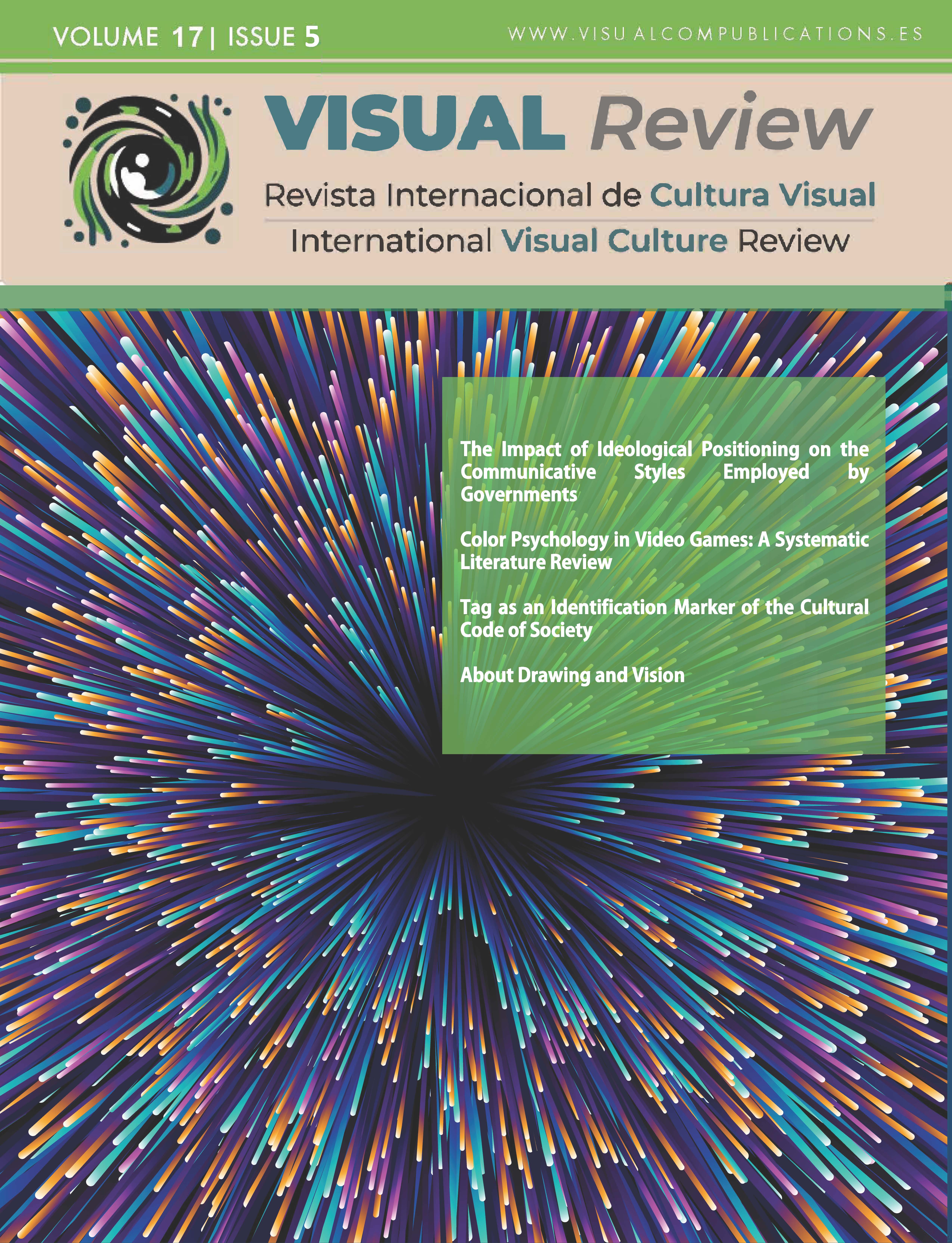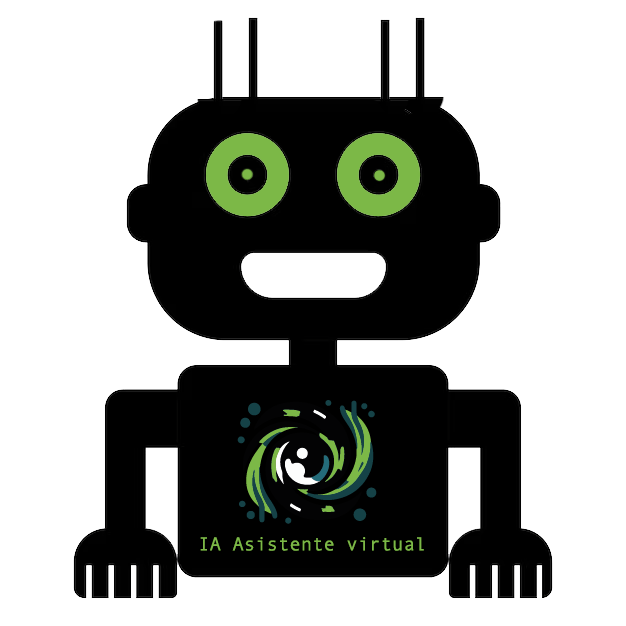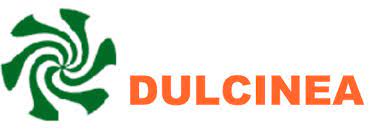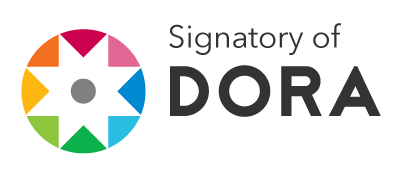Audiovisual Platforms and Higher Education
Integration and Media Empowerment
DOI:
https://doi.org/10.62161/revvisual.v17.5924Keywords:
Media empowerment, Produsers, Generation Z, Digital platforms, Instagram, Youtube, Media literacy, HigherAbstract
This study analyzes media empowerment in higher education in Ecuador, focusing on the impact of platforms like Instagram and YouTube on Generation Z's learning. Using a mixed-methods approach, the role of edutubers and edugrammers in media competencies and autonomous learning was assessed. A qualitative survey was conducted with 300 students and 50 teachers, along with an examination of 50 educational materials on these platforms and structured interviews. The results indicate that these platforms promote interactive and collaborative learning, although challenges such as technological access inequality and the need for teacher training are highlighted. With proper support, these tools can transform education and prepare young people for the digital environment.
Downloads
Global Statistics ℹ️
|
138
Views
|
114
Downloads
|
|
252
Total
|
|
References
About Instagram. (2024). How to create and engage with reels. Recuperado de https://about.instagram.com/
Alcolea Parra, M., Rodríguez Barba, D., & Núñez Fernández, V. (2020). El uso corporativo de Instagram en las universidades privadas españolas. Estudio comparativo de 35 universidades. Ámbitos. Revista Internacional De Comunicación, (47), 109–134. https://doi.org/10.12795/Ambitos.2020.i47.06 DOI: https://doi.org/10.12795/Ambitos.2020.i47.06
Álvarez-Sigüenza, J. F. (2019). Nativos digitales y brecha digital: una visión comparativa en el uso de las TIC. RAEIC, Revista de la Asociación Española de Investigación de la Comunicación, 6(11) 203-223. https://doi.org/10.24137/raeic.6.11.12 DOI: https://doi.org/10.24137/raeic.6.11.12
Álvarez, J., & Romero, P. (2018). Tecnología y aprendizaje: Una mirada desde la Generación Z. Comunicación Educativa.
Baltar, F., & Gorjup, M. T. (2012). Muestreo mixto online: Una aplicaciòn en poblaciones ocultas. Intangible Capital, 8(1), 123-149. DOI: https://doi.org/10.3926/ic.294
Barón Pulido, M., Duque Soto, A., Mendoza Lozano, F., & Quintero Peña, W. (2021). Redes sociales y relaciones digitales, una comunicación que supera el cara a cara. Revista Internacional de Pedagogía E Innovación Educativa, 1(1), 123–148. https://doi.org/10.51660/ripie.v1i1.29 DOI: https://doi.org/10.51660/ripie.v1i1.29
Beltrán-Flandoli, A.M. (2023). Empoderamiento mediático educomunicativo: Empoderamiento mediático en la era de los ‘produsers’. Trasladar el potencial de Instagram y YouTube al proceso de aprendizaje en la universidad ecuatoriana [Tesis doctoral, Universidad de Huelva]. https://www.doctorado-comunicacion.es/ficheros/doctorandos/ana-maria_C_411.pdf
Bird, S. E. (2011). Are We All Produsers Now? Convergence and Media Audience Practices. Journal of Audience Studies. DOI: https://doi.org/10.1080/09502386.2011.600532
Boyd, D. (2014). It’s Complicated: The Social Lives of Networked Teens. Yale University Press
Brackertz, N. (2007). Who is hard to reach and why?. ISR Working Paper.
Braun, V., & Clarke, V. (2006). Using thematic analysis in psychology. Qualitative Research in Psychology, 3(2), 77-101. https://doi.org/10.1191/1478088706qp063oa DOI: https://doi.org/10.1191/1478088706qp063oa
Bruns, A. (2008). Blogs, Wikipedia, Second Life, and Beyond: From Production to Produsage. New York: Peter Lang.
Castells, M. (2013). Comunicación y poder. Madrid: Alianza Editorial.
Cerezo, J. (2016). La Generación Z y sus hábitos de consumo mediático. Observatorio de la Juventud.
Chintalapati, N., & Daruri, V. S. K. (2017). Examining the use of YouTube as a Learning Resource in higher education: Scale development and validation of TAM model. Telematics and Informatics, 34(6), 853–860. https://doi.org/10.1016/j.tele.2016.08.008 DOI: https://doi.org/10.1016/j.tele.2016.08.008
Cloutier, J. (1973). The Emirec: Communicator and Receiver in the Modern Media Landscape. Montreal: Media Studies Press.
Creswell, J. W. (2014). Research design: Qualitative, quantitative, and mixed methods approaches (4th ed.). Sage Publications.
Díaz, M., et al. (2020). El movimiento maker y la educación mediática. Media Literacy Review.
Espiritusanto, O. (2016). Generación sin esperas: Los nativos digitales. Revista Iberoamericana de Comunicación.
Fernández Cruz, F., & Fernández Díaz, A. (2016). Generación Z: Educación y alfabetización digital. Ediciones Didácticas.
Ferrés, J. Masanet, M. J., & Marta-Lazo, C. (2013). Neurociencia y educación mediática: carencias en el caso español. Historia y Comunicación Social, 18, 129-144. https://doi.org/10.5209/rev_HICS.2013.v18.44317 DOI: https://doi.org/10.5209/rev_HICS.2013.v18.44317
Figueras-Maz, M., Grandío-Pérez, M., & Mateus J.C. (2021). Students’ perceptions on social media teaching tools in higher education settings. Communication & Society, 34(1), 15-28. https://doi.org/10.15581/003.34.1.15-28. DOI: https://doi.org/10.15581/003.34.1.15-28
Fonseca Peso, J., Caro González, A., & Milosevic, N. (2020). Innovative Co-Creative Participatory Methodologies for a Dreamt-of Quality Education in Europe. DOI: https://doi.org/10.3390/su12166385
Freire, P. (2020). La brecha digital: Acceso, uso y educación. Comunicación y Sociedad.
García-Marín, D. (2020). Empoderamiento tecnológico ciudadano y la participación digital. Estudios de Comunicación.
Fraenkel, J. R., Wallen, N. E., & Hyun, H. H. (2012). How to design and evaluate research in education (8th ed.). New York: Mc Graw Hill.
García-Ruiz, R., & Pérez-Escoda, A. (2019). Empower citizenship through education in digital media. Hamut´ay. Revista de divulgación científica, 6(2), 7-23. http://doi.org/10.21503/hamu.v6i2.1771 DOI: https://doi.org/10.21503/hamu.v6i2.1771
Guerrero-Pico, M., et al. (2018). Nuevas formas de participación en la cultura digital. Comunicación Interactiva.
Haddon, L., Cino, D., Doyle, M-A., Livingstone, S., Mascheroni, G., & Stoilova, M. (2020). Children’s and young people’s digital skills: a systematic evidence review. KU Leuven, Leuven: y SKILLS. https://doi.org/10.5281/zenodo.4160175
Hernández Sampieri, R., Fernández Collado, C., & Baptista Lucio, P. (2014). Metodología de la investigación (6.ª ed.). McGraw-Hill.
Herrero-Diz, P., & Ramos-Serrano, M. (2016). Prosumer y consumo digital: Nuevas tendencias en la Generación Z. Cuadernos de Educomunicación.
Jacquinot, G. (1997). La presencia multipantallas: Impacto en la Generación Z. Comunicación y Educación.
Jenkins, H. (2009). Confronting the Challenges of Participatory Culture: Media Education for the 21st Century. Cambridge, MA: MIT Press. DOI: https://doi.org/10.7551/mitpress/8435.001.0001
Jenkins, H., et al. (2009). New Participatory Cultures and the Power of Youth Media. MIT Press.
Kvale, S., & Brinkmann, S. (2009). Interviews: Learning the craft of qualitative research interviewing (2nd ed.). Sage Publications.
Lange, P. G., & Ito, M. (2010). The Digital Youth and Participatory Culture. Journal of Youth Studies.
Martínez, J., & De Salvador, P. (2014). Competencias digitales y producción de contenido en la Generación Z. Revista de Medios Digitales
Mądra-Sawicka, M., Nord, J. H., Paliszkiewicz, J., & Lee, T.-R. (2020). Digital Media: Empowerment and Equality. Information, 11(4). http://doi.org/10.3390/info11040225 DOI: https://doi.org/10.3390/info11040225
McLuhan, M., & Nevitt, B. (1972). Take Today: The Executive as Dropout. New York: Harcourt Brace Jovanovich.
Metricool Software, S.L. (2025). Estudio de Redes Sociales 2025. Metricool.
Nascimento, S., & Pólvora, A. (2018). The Maker Movement and Educational Innovation. Journal of Learning Technologies.
Nunnally, J. C., & Bernstein, I. H. (1994). Psychometric theory (3rd ed.). McGraw-Hill.
Pérez-Rodríguez, A. (2020). La hiperconexión y la educación mediática en la sociedad digital. Revista de Educomunicación.
Piscitelli, A. (2009). Nativos e inmigrantes digitales: Reflexiones sobre la brecha cognitiva. Gedisa Editorial.
Saavedra, A. (2024). El impacto de las plataformas digitales en la educación superior. Journal of Educational Technology, 10(1), 45-60.
Scolari, C. A. (2018). Remix, cultura y producción digital: Los produsers en acción. Comunicación y Cultura Digital.
Strauss, A., & Corbin, J. (1998). Basics of qualitative research: Techniques and procedures for developing grounded theory (2nd ed.). Sage Publications.
Strauss, W., & Howe, N. (1991). Generations: The History of America's Future, 1584 to 2069. New York: William Morrow.
Tapscott, D. (1998). Growing Up Digital: The Rise of the Net Generation. McGraw-Hill.
Tankovska, H. (2021). Estimated U.S. Social Media Usage Increase Due to Coronavirus Home Isolation 2020. http://bit.ly/3kZxuST
Tejedor, S., Cervi, L., Pérez-Escoda, A., & Tusa, F. (2019). Digital literacy and higher education: The use of digital resources to assess and improve information literacy in future journalists. Sustainability, 11(16), 4558. https://doi.org/10.3390/su11164558
Toffler, A. (1980). The Third Wave. New York: Bantam Books.
Toffler, A. (1981). La Tercera Ola. Barcelona: Plaza & Janés.
van Dijck, J.; Poell, T. & de Waal, M. (2018). The Platform Society. New York: Oxford Academic. https://doi.org/10.1093/oso/9780190889760.001.0001 DOI: https://doi.org/10.1093/oso/9780190889760.001.0001
Veen, W., & Vrakking, B. (2006). Homo Zappiens: Growing up in a Digital Age. London: Network Continuum Education.
White, D., & Le Cornu, A. (2011). Visitors and Residents: Mapping the Digital Space. Journal of Learning and Media.
Downloads
Published
How to Cite
Issue
Section
License
Copyright (c) 2025 Authors retain copyright and transfer to the journal the right of first publication and publishing rights

This work is licensed under a Creative Commons Attribution-NoDerivatives 4.0 International License.
Those authors who publish in this journal accept the following terms:
-
Authors retain copyright.
-
Authors transfer to the journal the right of first publication. The journal also owns the publishing rights.
-
All published contents are governed by an Attribution-NoDerivatives 4.0 International License.
Access the informative version and legal text of the license. By virtue of this, third parties are allowed to use what is published as long as they mention the authorship of the work and the first publication in this journal. If you transform the material, you may not distribute the modified work. -
Authors may make other independent and additional contractual arrangements for non-exclusive distribution of the version of the article published in this journal (e.g., inclusion in an institutional repository or publication in a book) as long as they clearly indicate that the work was first published in this journal.
- Authors are allowed and recommended to publish their work on the Internet (for example on institutional and personal websites), following the publication of, and referencing the journal, as this could lead to constructive exchanges and a more extensive and quick circulation of published works (see The Effect of Open Access).













